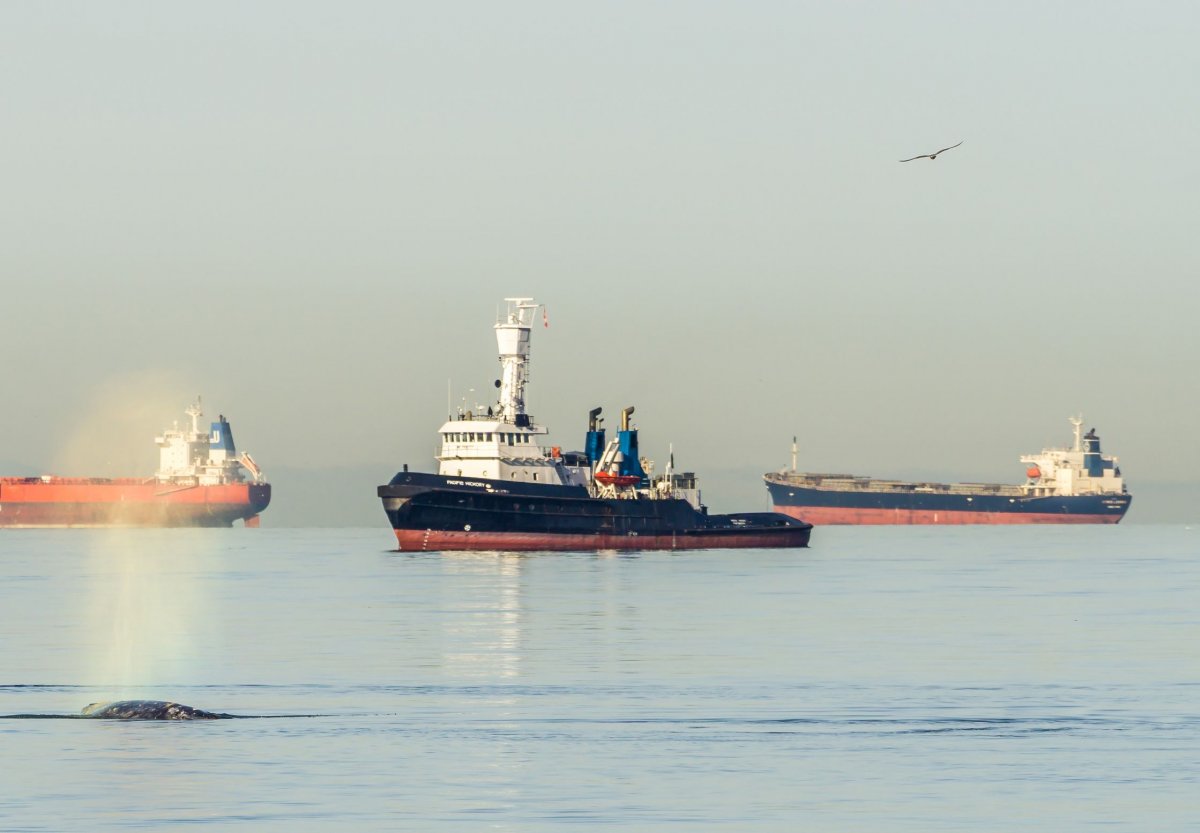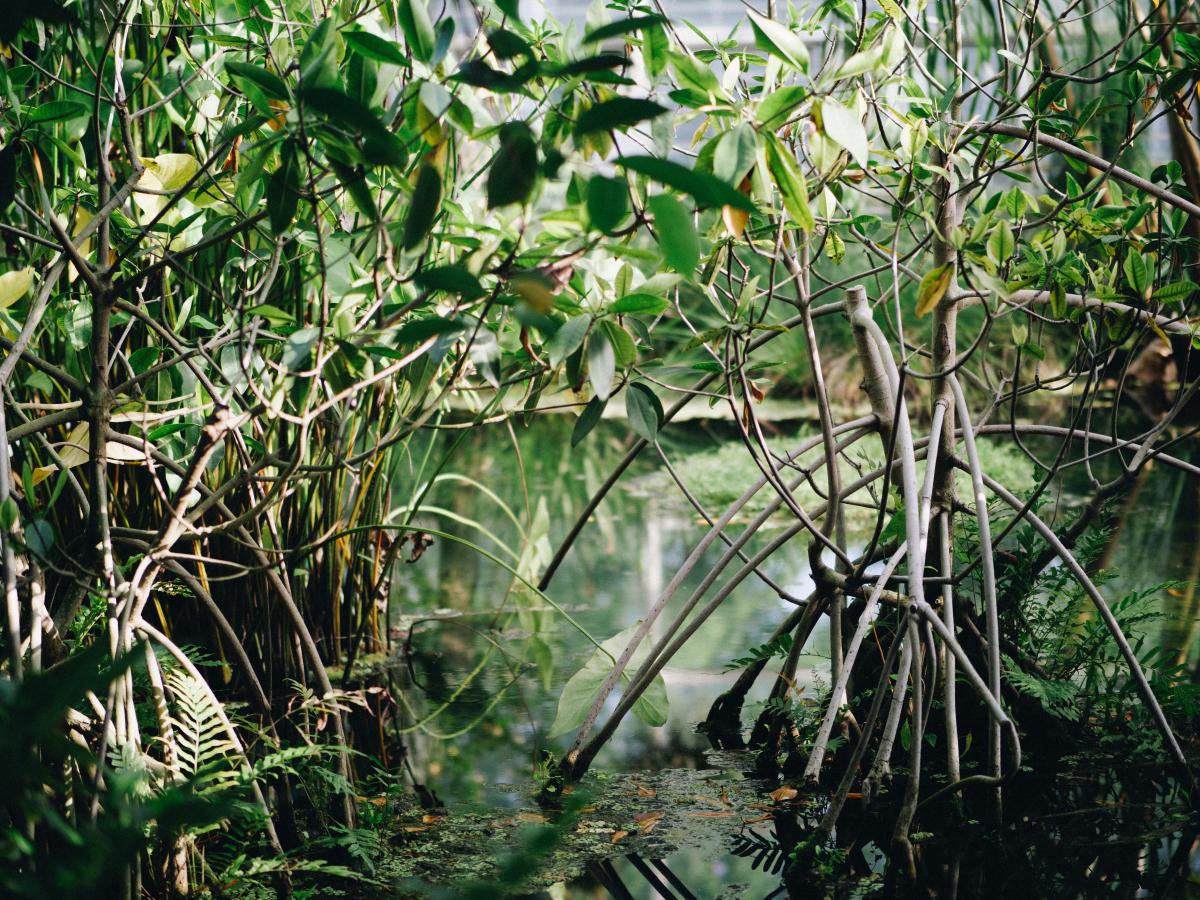World Commission on Protected Areas - Marine: making a big splash for the future of our ocean
The 2014 World Parks Congress in Sydney saw a significant scaling-up of recognition of ocean issues by IUCN,
WCPA-Marine and partners. Since then, much has taken place behind the scenes to expand WCPA-Marine action areas,whilst strengthening existing programmes, membership services and visibility. This article provides a few highlights to illustrate the breadth and depth of its ocean conservation, protection and management work.
(article from IUCN's Marine News, Issue 13, September 2016)
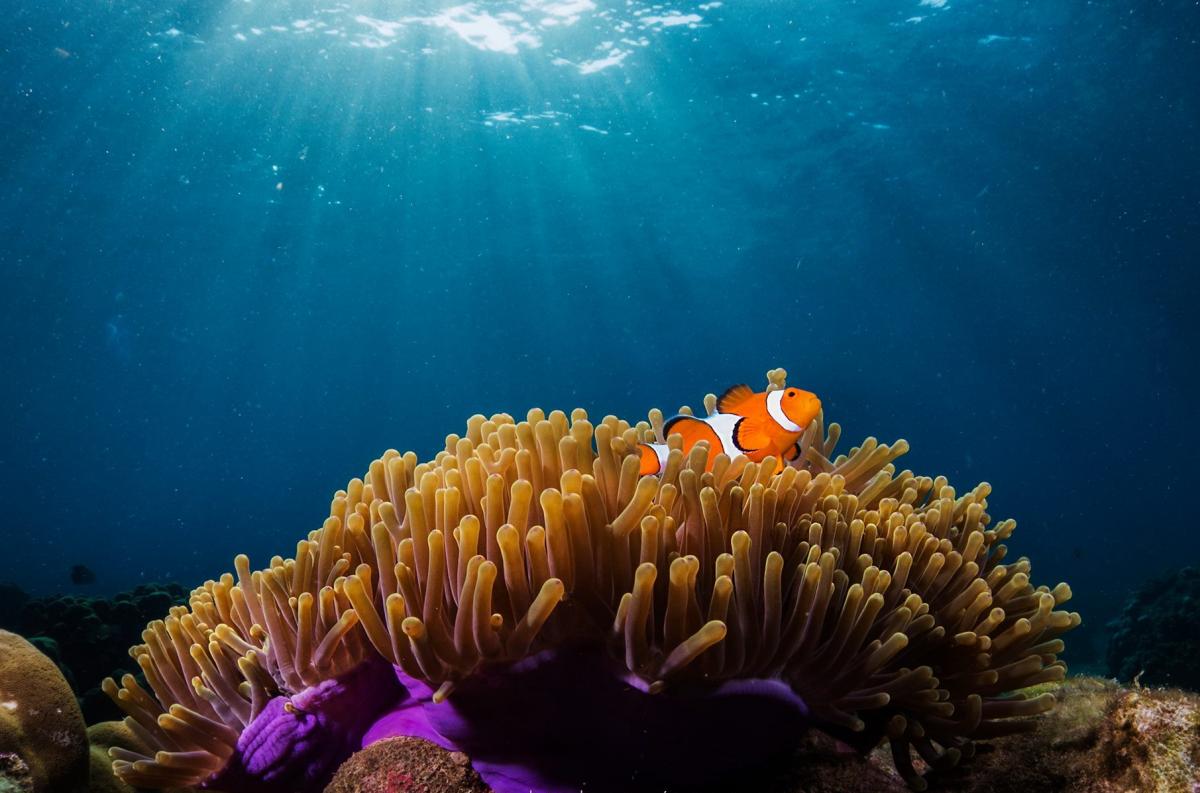
Photo: © Thanongsak Chanmethakul
WCPA-Marine has been focused on many areas, building on the momentum of 2014 by conducting outreach on the marine components of the Promise of Sydney. It gathers, writes and distributes updates on key
milestones to partners, promoting awareness of – and progress on – Sydney’s marine recommendations.
It has been a remarkable time for the development and strengthening of Important Marine Mammal Areas (IMMAs) by the joint WCPA-Marine/Species Survival Commission Marine Mammal MPA Task Force. Following work on agreeing criteria for IMMA identification, funding was obtained by the MAVA foundation for the first workshop, in the Mediterranean. Shortly afterwards, funding was announced for the Task Force of expert workshops to identify IMMAs in five Southern Hemisphere regions (South Pacific; Southeast Pacific; waters around Australia and New Zealand; Northeast Indian; Northwest Indian). This forms part of a larger package of financial support for the Global Ocean Biodiversity Initiative (GOBI) provided by the German Federal Ministries for the Environment, Nature Conservation, Building and Nuclear Safety, through the joint Climate Change Initiative (IKI).
The WCPA-Marine Working Group on the IUCN Green List of Protected and Conserved Areas (GLPCA) was established in 2015 to ensure that MPAs are embedded within the overall IUCN GLPCA programme; that the MPA community is fully aware of the GLPCA’s role in promoting effective management of protected areas; and that MPAs are assisted and encouraged in achieving Green List status.
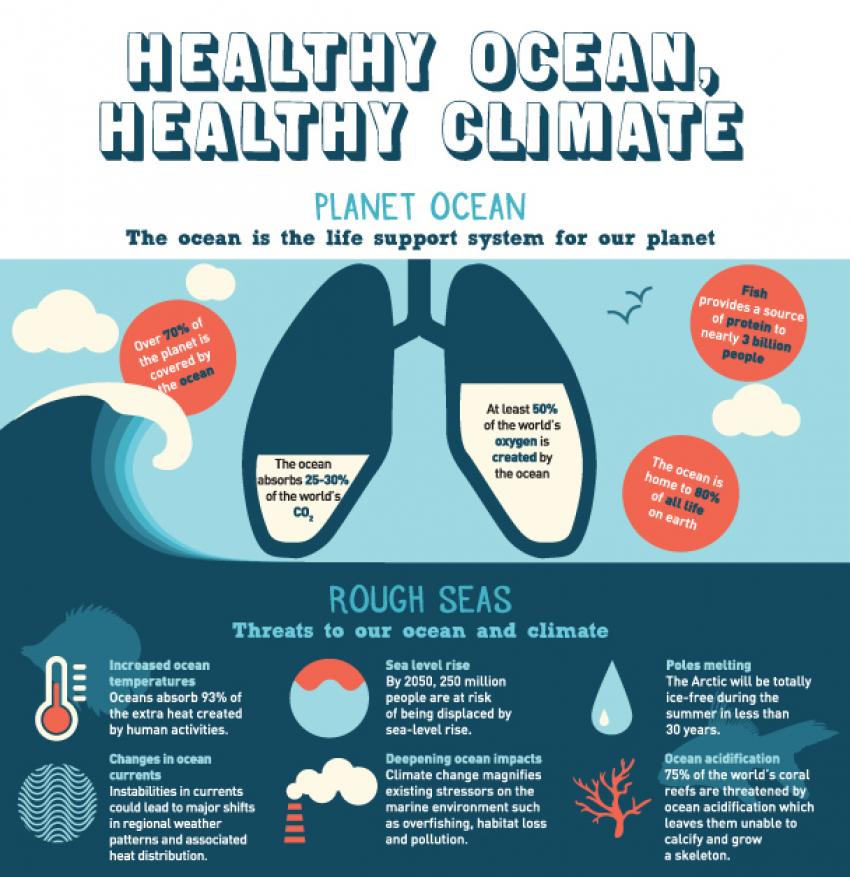 Photo: IUCN WCPA
Photo: IUCN WCPA
A landmark achievement of WCPA-Marine work with many partners in 2015 was ensuring the ocean featured in the Paris Agreement. Prior to COP21, oceans were generally sidelined in UN climate negotiations. In Paris, the mobilisation of civil society and scientific voices calling for the inclusion of oceans gave long-awaited prominence to the issue. The number of ocean stakeholders, boosted by French organisations within and outside the conference, has grown exponentially. The number of side events discussing ocean issues, such as acidification, island vulnerabilities and blue carbon, has seen a threefold increase.
WCPA-Marine efforts at COP21 were reinforced by the newly established WCPA Marine Young Professionals Task Force (YPTF). The YPTF’s primary objective is to engage the next generation in supporting ocean conservation and MPAs, through innovative and creative outreach and communication activities. The Task Force’s first deliverable was released at COP21: an ocean and climate infographic, the first in a series highlighting the role of MPAs in combating climate change. It was published online during the COP21 Ocean Day under the hashtag #FutureOceanLeaders. Social media activity during the conference reached 1.8 million Twitter users, with a total reach of well over 2 million through additional shares on Facebook and other media.
WCPA-Marine is also involved in the MPA Agency Partnership, a forum of senior government officials providing opportunities for global leadership on MPAs, collaborative problem solving and collective contributions to global marine conservation. The Partnership provides a space for discussion, research and strategic planning with the core agencies responsible for delivery of three-quarters of the MPA areas achieved under Aichi Target 11.
In January 2016, a UN Working Group agreed to discuss the development of a legally-binding agreement to facilitate, among other things, the establishment of MPAs in the High Seas. The January Working Group’s consensus recommendation was the outcome of over a decade of coordinated efforts by the WCPA High Seas MPA Specialist Group, the IUCN World Commission on Environmental Law, the High Seas Alliance and many others.
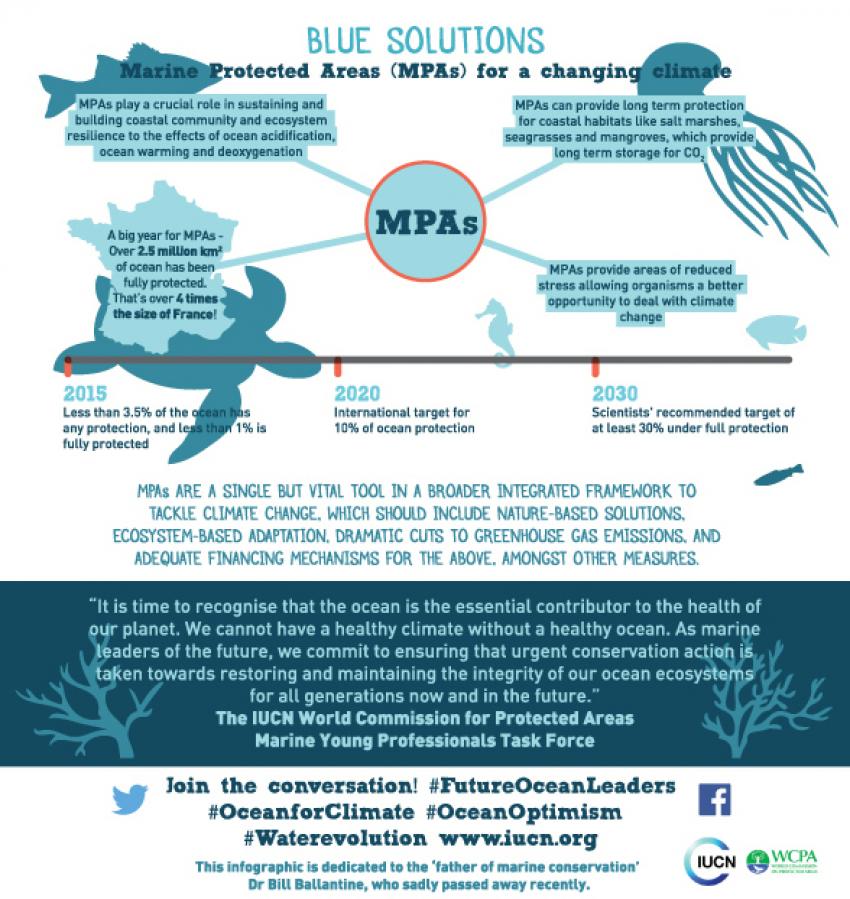 Photo: Blue Solutions
Photo: Blue Solutions
for WCPA-Marine. Not only does this ensure that important information is placed in peer-review publications, it also builds linkages between key global MPA stakeholders. WCPA-Marine has an agreement in place with Aquatic Conservation, an international scientific journal, to publish special issues on IUCN’s major global events focusing on MPAs.
These achievements are just part of the wider work being undertaken by WCPA-Marine members, covering issues as diverse as ocean acidification, blue carbon and aquaculture. The One Programme initiative continues to thrive and strengthen with the support of other Commissions, the Global Protected Areas Programme, and the Global Marine and Polar Programme. Plans are in motion for the Fourth International Marine Protected Areas Congress in La Serena, Chile from 4th - 7th September 2017, with a focus on ‘Inspiring New Generations’.
For more information, please contact Dan Laffoley or Mariasole Bianco.
Read the article in MARINE NEWS Issue 13, page 44-45.
